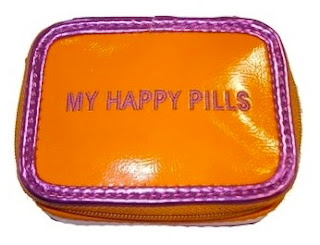"I looked her in the eyes and said “Here you go, you have Lupus”. She looked at me slightly confused, as anyone would when they are being handed a bouquet of spoons..."
Have you heard about the "spoonies" and wondered who they are?
Have you heard about the "spoonies" and wondered who they are?
Communicating about chronic pain is an interesting creative challenge to say the least... This is why a description like the spoon theory by Christine Miserandino can change people's lives. Christine had been living with chronic illness since she was 15 years old and was trying to find a way to describe to her best friend what it was really like when she came up with the spoon theory - using spoons to symbolize the amount of energy a person has in one day.
 |
| butyoudontlooksick.com |
I can't do it justice by writing a short version to fit the format of this blog, so I advice you to click on the link and read the full version. It will change the way you think about health, give you a metaphor for understanding some of the things that are happening to you if you have a chronic illness, and give you an inside understanding of what it's like to live with it if you don't.























